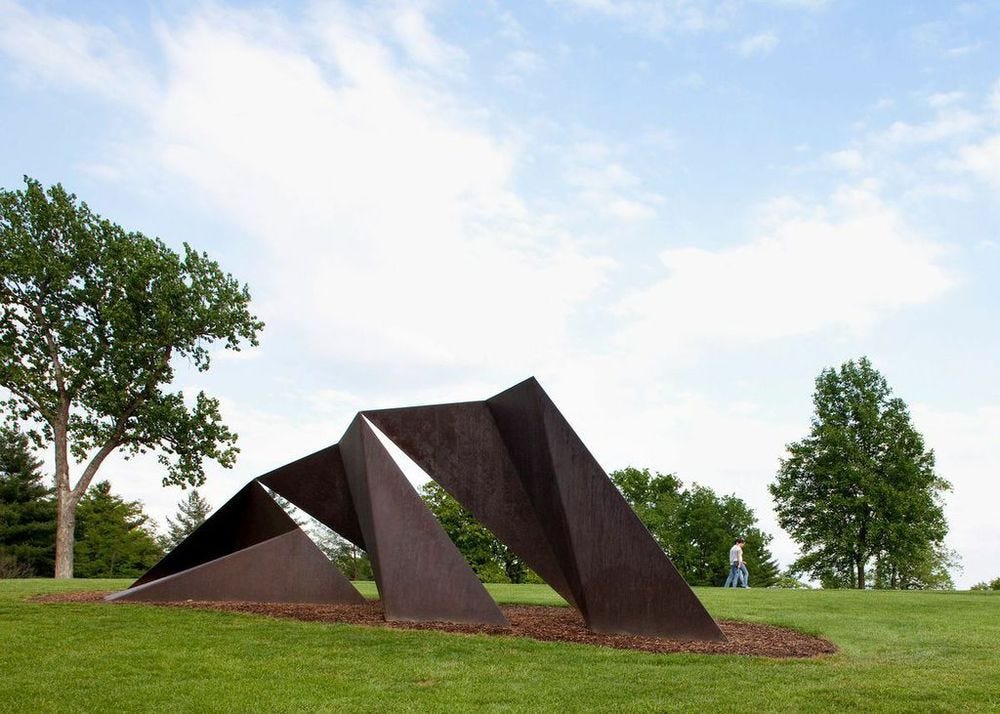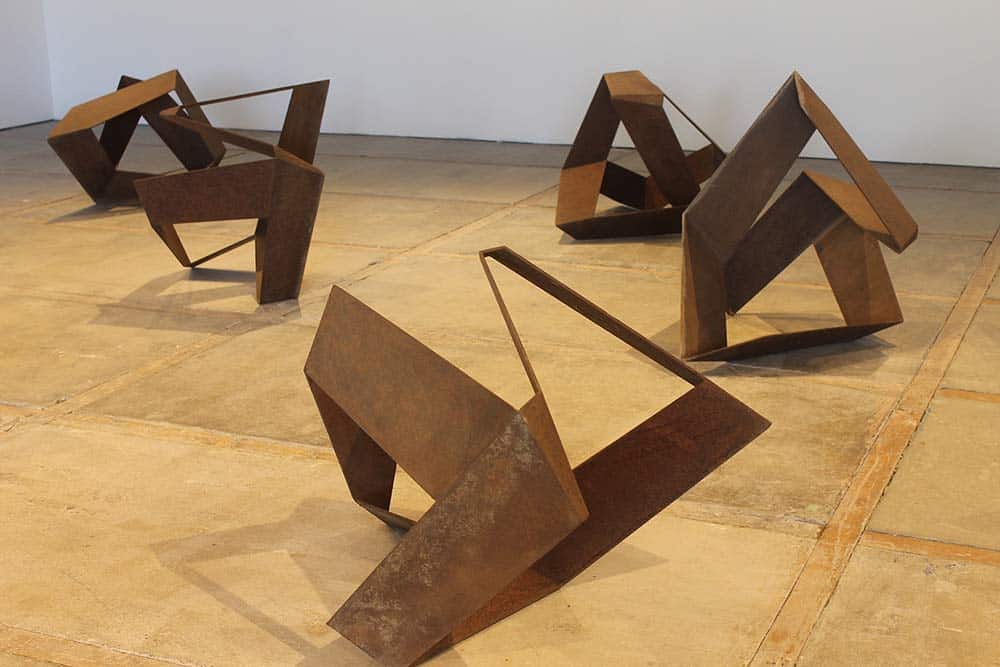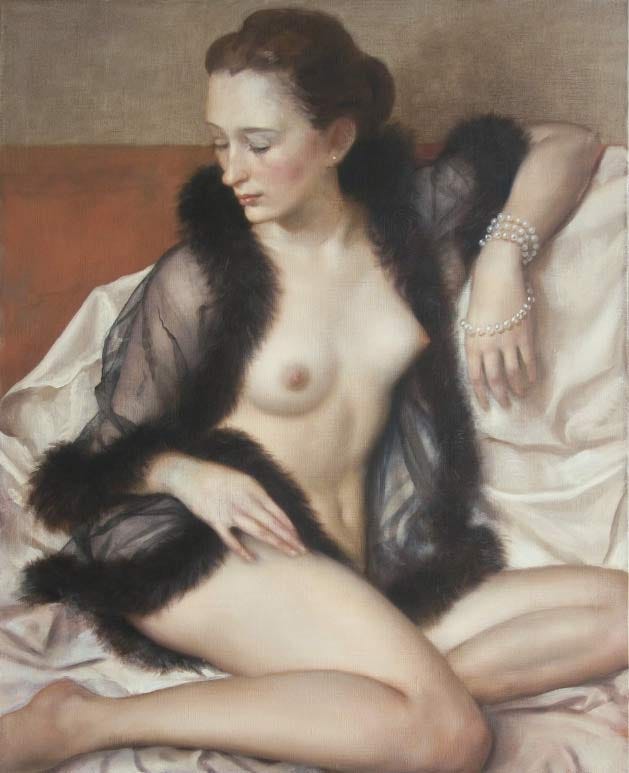This post appeared on Vasari21 a few years back. Here it is again, somewhat revised.
In June, a year after arriving in Taos, Raven Bear reclaimed her house, and I found another reasonable rental on the opposite side of town, another modest three-bedroom gem, this one with sweeping views of the mountains and a charming patio bordered by a garden into which I promptly dumped about $500 worth of plants that promptly died. I knew nothing about soil types and quality, how to fertilize, or even the real definition of “grows best partial shade.”
So it seemed a stroke of good fortune when I met Alan, also on Match, a master gardener, in the prime planting weeks of early summer. On our second date, he invited me to his house and showed off his unruly dogs, magnificent lawn (a rarity in these parts), and stunning garden. There were irises, snapdragons, poppies, and many flowers I could not identify; stone walkways bordered by ornamental grasses; slender young trees that looked to be a variety of the red maples from the East Coast. All of it cunningly arranged with a zigzag path that led to a wooden gazebo lined with cushioned benches. I was impressed. Aside from being tall and lean with an adorable snub nose, this man had taste. At least in flowers.
But taste is where we eventually parted ways.
We were doing just fine in the early stages of courtship, agreeing on books and movies, matching smoothly between the sheets. He gave me gardening tips, and I made him coq au vin and moussaka.
Then I asked him to join me for a preview and dinner to celebrate Chuck Ginnever's suite of sculptures, “Rashomon,” at the Center for Contemporary Art in Santa Fe. I realize that Ginnever, who died a few years ago, is not a major name among American sculptors—not as well known as, say, Richard Serra or Donald Judd—but he produced a memorable body of mostly outdoor works whose collapsing geometries appear to change constantly as one moves around their contours. He made some sensational sculpture that slices and folds into the landscape with crisp precision, like large-scale origami. I thought the spartan simplicity would appeal to Alan’s sensibilities, and he eagerly accepted the invitation
Before that event, though, he wanted to stop at a gallery along Canyon Road, which was also having a first-night fête for an artist who shall remain nameless. Canyon Road is notorious as a stretch of kitsch roughly a mile long in the heart of town, a place where you will find pictures of Indians huddled around campfires, gigantic bronze sculptures of buffalo and horses, and bright metal whirligigs masquerading as kinetic sculpture. (In all fairness, there are also some really nifty shops and good restaurants, and the occasional adventurous artist does slip into certain galleries.)
I wasn't expecting much from the opening Alan wanted to attend, but I was trying to keep an open mind. My jaw went south about three steps into the gallery. The painter's favorite subjects, as quickly became clear, were winsome young women in varying stages of undress, lounging poolside or gazing out a window or stepping gingerly into the water, where a previous soaking had left its impress on a clingy tee or translucent skirt. The poses were generally like the saucy ones I remembered from my brother's stack of Playboys—nothing out-and-out vulgar here—and what clothing that was in evidence was plainly of the ecologically correct variety. No frou-frou Victoria's Secret stuff.
“What on earth do you see in these things?” I asked Alan.
“It's the technique,” he said. “It just amazes me that these are watercolors.” Indeed, the artist was a master of a kind of dry-brush virtuosity Andrew Wyeth brought to many of his subjects.
“But, honey, this is pure cheesecake!”
Alan gave me a scornful look and went off to chat with the artist. I wandered into another room of the gallery to check out the pictures of circus ponies and raccoons.
Things went downhill when we got to the cavernous galleries at the CCA, where Ginnever's cunning sculptures were laid out along the floor with smaller models in vitrines. The “Rashomon” group consists of 15 identical sculptures made of rusting steel planes that stand unsupported in 15 different positions.
But allow me here to quote former San Francisco Chronicle critic Ken Baker, who saw the works in San Jose, CA: “It took me 10 minutes’ concentration on two adjacent pieces to become convinced that I understood the relationship between their respective positions,” he wrote. “At that rate, truly to see the whole ensemble for what it is could take hours. The viewer’s basic confidence in the purchase of perception and memory on objects comes down a notch, and a subliminal haste in ordinary conduct of life stands uncomfortably exposed….Ginnever slows down and challenges the viewer’s experience. He inculcates us with a nagging doubt, which becomes part of the pleasure of the work.”
Alan was having none of that. He was simply bored. And I'm afraid I had neither Baker's eloquence nor his deft observations at my fingertips to try to convince him otherwise. But in the days that followed I tried to argue with him why what we saw in the first gallery was just plain schlock.
To spark some sort of dialogue, I emailed Alan what I consider a thrillingly erotic painting by John Currin, which was included in a fine show on the subject of Mary Magdalene, at a gallery in New York, about 15 years ago. The painting is called simply Mademoiselle and is breathtaking in its interplay of warmly realized flesh, gauzy feather-trimmed negligée, and casually draped gleaming pearls. The model is as nonchalant in her nudity as one of Titian's Venuses, and the same painterly love of sumptuous stuff prevails. For once, Currin eschewed his usual campy exaggerations to give us a real-live, wholly accessible and credible woman.
If you want to talk about technique, Currin has it in spades, from the mottled skin of the woman's cheeks and knees to the spun-sugar texture of her see-through robe. That the model is rather awkwardly cropped, a knee and a foot cut off from view, only seems to add to the power of the whole.
Alan's response was “Pretty neat, but it doesn't really send me.”
I'm guessing there's not a serious artist or art lover alive who hasn't run up against this kind of brick wall (probably book and movie and music aficionados get into the same arguments). Why can't you see that this is better than that? You don't want to seem like too much of a snob, but you would truly like the other party to understand the difference between good art and bad, inspired technique and dumb-ass tricks. Finally you give up because you know you're wasting your breath.
I recall years ago being with another beau in Montreal when he spied a ripoff Abstract Expressionist painting that caught his eye in one of the gallery windows. The painter had forged a slick marriage of Franz Kline brushstrokes and Pollock-y spatters—it was not a successful recycling of previous innovations. But this one wanted to learn and seemed educable, and so we did quite a bit of museum-going—until he returned to his wife.
With Alan, things were sliding from tenuous to untenable after a couple of mild political disagreements (and I probably keep a more open mind about politics than I do about art). He talked of moving to Uruguay with his daughter and her family because he was so fed up with late-stage capitalism (why Uruguay? I don’t remember). And things were getting a little weird in bed: one night he asked if he could look up my vagina. Why? I asked, incredulous. “I’ve never seen the insides of a pussy before.” Then one evening, when he brought a three-dollar bottle of wine from Walmart to accompany an Indian dinner I'd spent an entire day cooking, I simply gave up. It was stunningly clear, as they say, that sometimes taste is all in your mouth.
Top: Charles Ginnever’s Crete at the Laumeier Sculpture Park in St. Louis, MO






No matter how great a guy's garden is, if he can't buy a decent bottle of wine to show class and consideration for you, he's outa here.
Delicious.